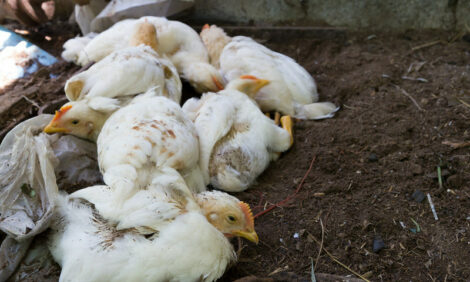



Wastewater treatment challenges in the poultry and egg industry addressed at IPPE
IPPE panel discussion focused on worker safety regulations, pathogen evaluations and solutions for wastewater"Food and worker safety regulations are changing, as are customer expectations, around chemicals use. Bacteria type and its resilience are also changing in the processing plant. All this combined and more will impact what we use in the plant and subsequently what ends up in wastewater. That is the challenge," said Dr Ashley Peterson, senior vice president of scientific and regulatory affairs for the National Chicken Council, during her presentation at the Wastewater Treatment Challenges programme at the 2019 International Production and Processing Expo. Peterson provided a brief history of poultry inspection in the US, then went on to discuss performance standards, categories, food safety trends and intervention practices.
During his presentation on "Antimicrobials: what are they and how are they used," Juanfra DeVillena, director of quality assurance and food safety for Wayne Farms LLC, observed that processing plants are continuously evaluated for pathogens and assigned a category according to the level of contamination. He described the different categories assigned to plants, reviewed by the US Department of Agriculture micro requirements and discussed antimicrobial interventions and their effects in wastewater. DeVillena remarked, "Having good communication between the processing plant and the wastewater facility is essential. The wastewater facility needs to know what is coming to them."
Dr Spyros Pavlostathis, a professor of environmental engineering at the School of Civil and Environmental Engineering at the Georgia Institute of Technology, reviewed a research project being funded by US POULTRY's research programme on the fate and effect of peracetic acid (PAA) solutions in poultry processing treatment systems. Pavlostathis discussed PAA structure, properties, reactions and decomposition.









